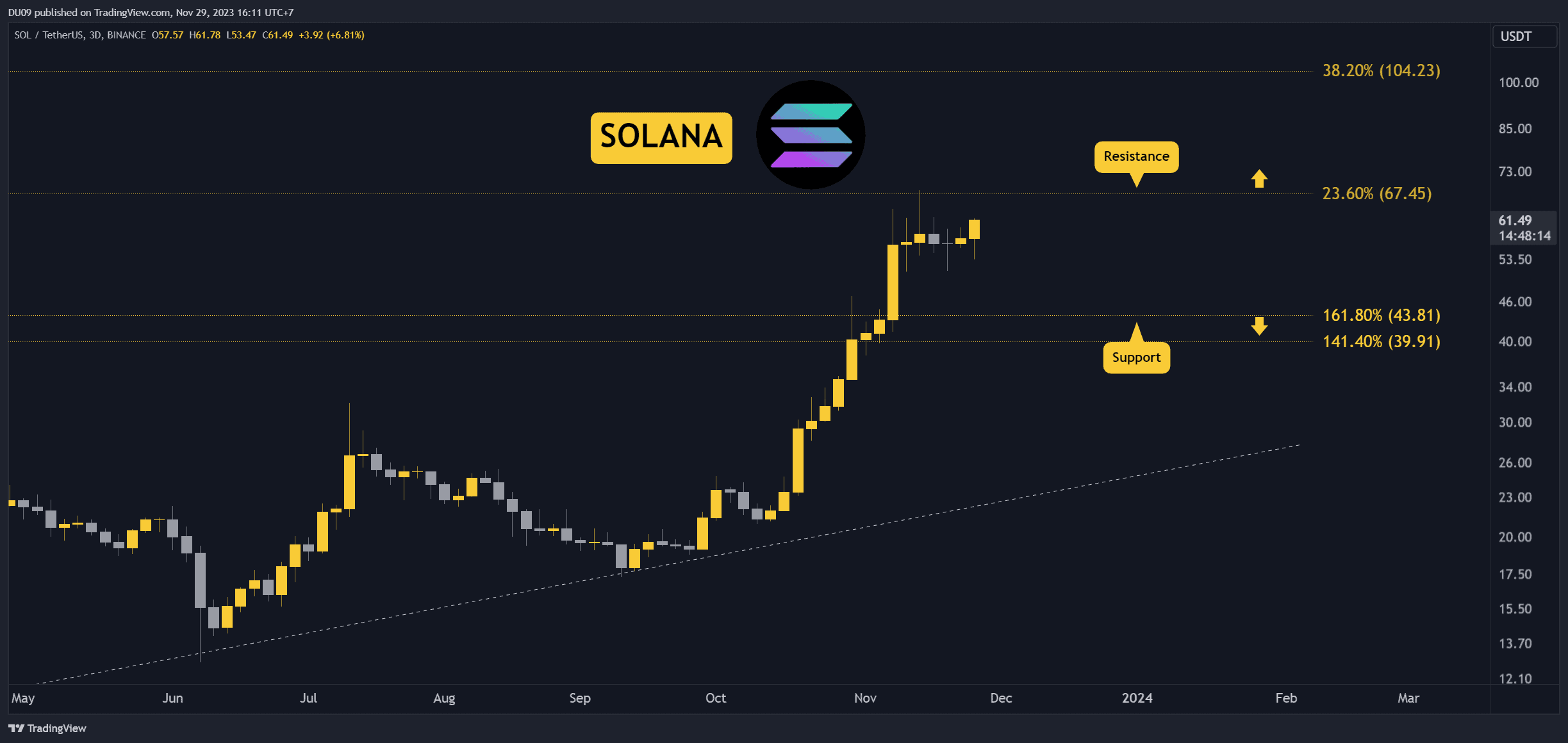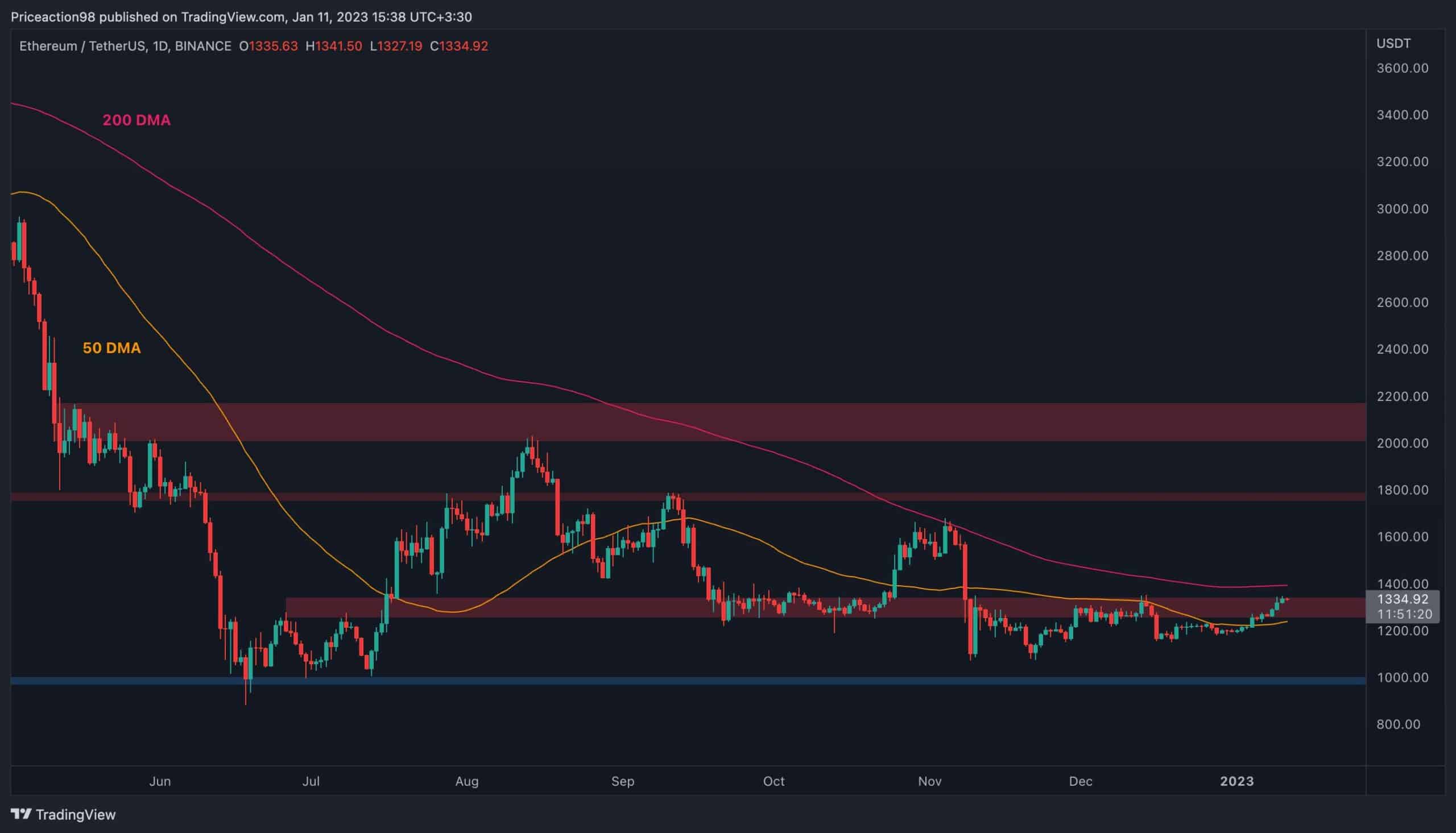The European Central Bank Published Privacy Options for CBDC
When it comes to CBDCs, one of the main public concerns rests upon the potential encroachment upon privacy. The European Central Bank (ECB) recently published a presentation specifically addressing this issue, stating that the Eurosystem should only be able to see the minimum transaction data, but user anonymity is not a desirable design option.
Three Privacy Options
Responding to EU citizens’ concern over the privacy issue involved in a CBDC, the ECB’s presentation includes three different privacy options possible to be adopted for the digital currency.
Firstly, the current baseline scenario, similar to digital transactions through private banks, will allow digital euro intermediaries like banks to access the transaction data while the ECB has not. The presentation outlines that such transparency is for the purpose of “anti-money laundering and countering the financing of terrorism (AML & CFT).”
The bank labeled the other options as the “desirable” path it may go after for its digital currency. One would allow a higher degree of privacy for low-value/low-risk payments, which implies “simplified checks” on the transactions. However, standard controls will still apply to high-value payments. The document did not specify the threshold qualified for such a payment type.
The last option offers the highest degree of privacy, allowing transactions and balances to be non-transparent to intermediaries and the central bank. The bank noted that this offline option could only be available for low-value/low-risk payments.
Crypto venture adviser Patrick Hanse described the offline payment scenario as “theoretically pretty close to physical cash payments.”
Anonymity is Not Desirable
While stating that the Eurosystem should only have restricted access to transaction data, the bank clearly outlined that user anonymity is not a desirable feature because of concerns related to money laundering.
The presentation raised the likely trade-off between privacy and the EU regulatory framework, as implementing AML measures tends to override users’ financial privacy. Hanse added that one of the main takeaways from the presentation is that the Central Bank has outlined how far it may go to protect user privacy.









